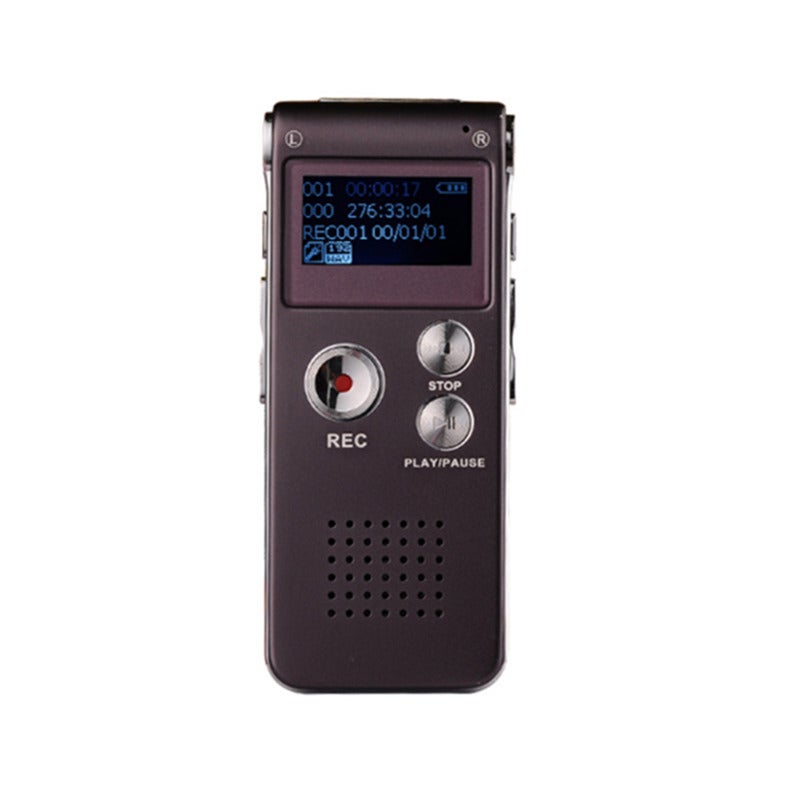

The earliest machines produced distortion during the recording process which German engineers significantly reduced during the Nazi Germany era by applying a DC bias signal to the tape.
MINI VOICE RECORDER WITH PLAYBACK FULL SIZE
The name arose only with the need to distinguish it from the several kinds of tape cartridges or cassettes such as the endless loop cartridge developed for radio station commercials and spot announcements in 1954, the full size cassette, developed by RCA in 1958 for home use, as well as the compact cassette developed by Philips in 1962, originally for dictation. Originally, this format had no name, since all forms of magnetic tape recorders used it. The reel-to-reel format was used in first magnetic recording system, wire recording and then in the earliest tape recorders, including the pioneering German-British Blattnerphone (1928) machines of the late 1920s which used steel tape, and the German Magnetophon machines of the 1930s. Magnetophon from a German radio station in World War II. Magnetic tape was also used to record data signals from analytical instruments, beginning with the hydrogen bomb testing of the early 1950s. Reel-to-reel tape was used in early tape drives for data storage on mainframe computers and in video tape recorders. As of 2020, there were two companies manufacturing magnetic recording tape: ATR Services of York, Pennsylvania, and Recording the Masters in Avranches, France. Studer, Stellavox, Tascam, and Denon produced reel-to-reel tape recorders into the 1990s, but as of 2017, only Mechlabor continues to manufacture analog reel-to-reel recorders. In spite of the relative inconvenience and generally more expensive media, reel-to-reel systems developed in the early 1940s remained popular in audiophile settings into the 1980s and have reestablished a specialist niche in the 21st century. By writing the same audio signal across more tape, reel-to-reel systems give much greater fidelity at the cost of much larger tapes. Reel-to-reel preceded the development of the compact cassette with tape 0.15 inches (3.8 mm) wide moving at 1 + 7⁄ 8 inches per second (4.8 cm/s). All standard tape speeds are derived as a binary submultiple of 30 inches per second. The end of the tape is manually pulled from the reel, threaded through mechanical guides and over a tape head assembly, and attached by friction to the hub of the second, initially empty takeup reel. To prepare for use, the supply reel (or feed reel) containing the tape is placed on a spindle or hub. Reel-to-reel audio tape recording, also called open-reel recording, is magnetic tape audio recording in which the recording tape is spooled between reels.

A reel-to-reel tape recorder (Sony TC-630), typical of a 1970s audiophile device.


 0 kommentar(er)
0 kommentar(er)
